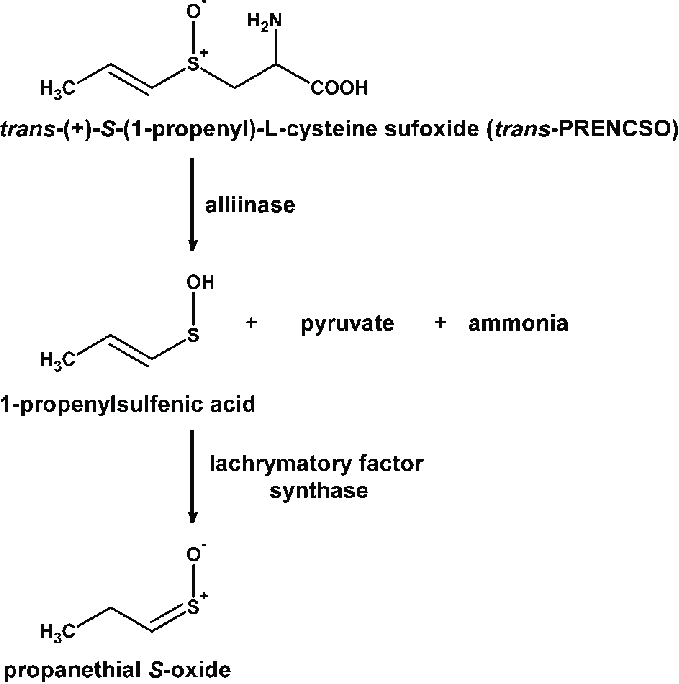The Peanut Puzzle: Unraveling Allergies with Genetic Insights and Nanoparticle Solutions
- Arunpravin R S

- Feb 19
- 3 min read
INTRODUCTION:
Peanut allergies have baffled experts for decades, affecting a sizable section of the population with symptoms ranging from mild discomfort to life-threatening attacks. Recent research has provided insight on the genetic basis of peanut allergies, as well as the immunological responses that contribute to their development. And now, using nanoparticle technology, researchers have created an astonishing approach that could potentially cure peanut allergies. In this blog post, we will look at the function of certain genes in peanut allergies, as well as the immune responses involved and the innovative nanoparticle remedy.
GENETIC BASIS OF PEANUT ALLERGY:
Scientists have identified six genes - ECHDC3, IL1R2, LTB4R, PADI4, and PPP1R3D - that contribute to the development of peanut allergies. These genes play a crucial role in immune system regulation, inflammation, and allergic responses. Understanding the genetic basis of peanut allergies can help identify individuals at higher risk and develop personalized prevention and treatment strategies.
Atopic disease is hypothesised to have a hereditary relation to the familial susceptibility to develop allergic diseases. More over half of children born into atopic families are expected to acquire an allergic disease, but one in every five newborns have no family history of allergic disease.

IMMUNE RESPONSES AND SYSTEM:
Leukocyte deconvolution is a method used to analyze immune responses during allergic reactions. During a peanut allergy, naive CD4+ T cells, neutrophils, and macrophages play a critical role in the immune response. Naive CD4+ T cells coordinate the immune response by releasing chemical messengers called cytokines. Neutrophils migrate to the site of allergen exposure and release various chemicals that contribute to the symptoms associated with the allergy, including breathing difficulties, swelling, and gastrointestinal issues. Macrophages play a dual role, internalizing peanut allergens and presenting them to other immune cells for recognition, but also releasing pro-inflammatory mediators that exacerbate the allergic response.
NANOTECHNOLOGY:
Researchers at UCLA have developed a revolutionary nanoparticle solution that could potentially cure peanut allergies. The scientists designed a nanoparticle that delivers mRNA encoding a carefully selected protein fragment to the liver, which is trained not to respond to every challenge because it is regularly bombarded with foreign substances. The nanoparticle includes a sugar molecule on its surface that specifically binds to antigen-presenting cells, which collect foreign proteins and train the immune system to tolerate them. Using mRNA makes it easier to load the nanoparticle and eliminates the complications that come with including more than one epitope. In mice, the upgraded nanoparticle increased tolerance for peanut protein, preventing anaphylactic shock.
INTERESTING FACTS AND JOKES:
Did you know that the protein in peanuts responsible for most allergies is called Ara h 1?
According to the American College of Allergy, Asthma, and Immunology, peanut allergy is the most common cause of food-related death.
Why did the peanut go to the doctor? Because it was feeling a little nutty!
CONCLUSION:
Peanut allergies affect millions of people worldwide and can lead to severe symptoms, including anaphylactic shock. Understanding the genetic basis and immune responses involved in peanut allergies can help develop personalized prevention and treatment strategies. The nanoparticle solution developed by researchers at UCLA provides a promising solution that could potentially cure peanut allergies. With further research and development, this breakthrough technology could potentially revolutionize allergy treatment and make the world a safer place for those affected by peanut allergies.About the Author
Aishwarya. V
Biotech undergrad
REFERENCES:
IMAGE CREDITS:




Comments